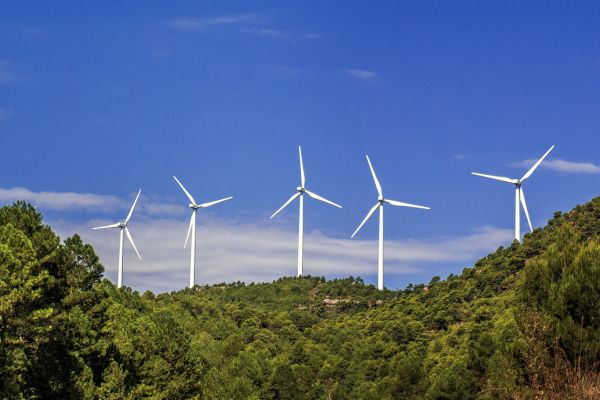Definition of renewable resources
Renewable resources are natural resources that do not deplete quickly. Because nature can create new formations so that natural resources remain available in the environment. New formation occurs naturally in a relatively short time through mechanical, chemical, and physical processes. This means that renewable natural resources can be produced and renewed in a certain period. However, this depends on how quickly and how many people continually use these renewable natural resources.Types of renewable resources
There are two types of renewable natural resources:1. Biological natural resources
Biological natural resources are natural resources that come from living beings. For example plants, animals and agricultural or plantation products. These natural resources can be renewed through natural reproduction or through cultivation or reproduction. Artificial breeding is usually carried out on animals, plants and rare agricultural or plantation products. The goal is to ensure that they do not disappear from the face of the earth and can multiply more quickly in terms of number and time. Furthermore, it is also about creating high-quality agricultural or plantation products that have greater economic value.2. Non-biological natural resources
Inanimate natural resources are natural resources that come from inanimate things. For example, water, air and land. These natural resources must be preserved and used carefully so that the renewal process continues. Otherwise, the results of the renovation process remain of high quality.Benefits of Renewable Resources
Here are five potential benefits of renewable resources- Environmental Sustainability: By 2045, increased reliance on renewable resources like solar, wind, hydro, and geothermal energy would significantly reduce greenhouse gas emissions compared to fossil fuels. This shift promotes environmental sustainability by mitigating climate change, preserving ecosystems, and protecting biodiversity.
- Energy Security and Independence: Renewable resources offer a more diversified and decentralized energy infrastructure, reducing dependence on finite fossil fuel reserves and volatile global energy markets. This diversification enhances energy security and independence for nations, communities, and individuals, fostering resilience against geopolitical tensions and supply disruptions.
- Economic Growth and Job Creation: The renewable energy sector continues to expand rapidly, creating numerous job opportunities across various skill levels. By 2045, investments in renewable technologies, infrastructure, and research and development would stimulate economic growth, drive innovation, and foster a transition to a more sustainable and resilient economy.
- Improved Public Health: Transitioning to renewable resources reduces air and water pollution associated with fossil fuel extraction, processing, and combustion. By 2045, cleaner energy sources would lead to improved air quality, fewer respiratory illnesses, and lower healthcare costs, contributing to enhanced public health and well-being for communities worldwide.
- Technological Advancements and Innovation: Continued investment and development in renewable technologies by 2045 would lead to significant advancements in energy storage, grid integration, and efficiency improvements. Breakthroughs in materials science, artificial intelligence, and energy management systems would drive innovation, making renewable resources more reliable, affordable, and accessible for widespread adoption.
FIND IT HERE
